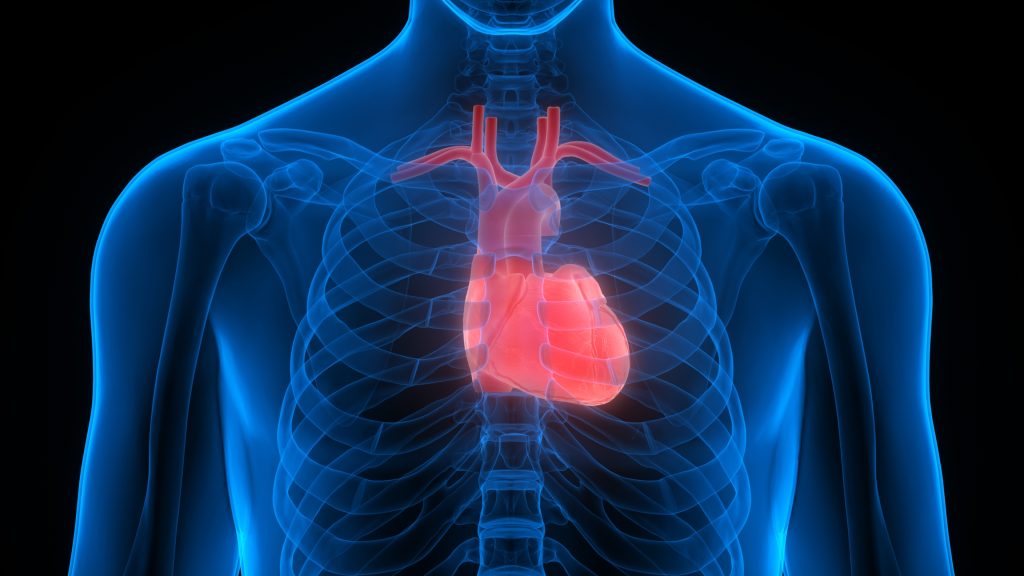Causes of Hemorrhagic Shock: A Comprehensive Guide to Its Triggers and Risk Factors

There are several types of medical shock, with hemorrhagic shock being among the most dangerous and deadly. One study showed that among people aged one to 46 in the U.S., hemorrhagic shock resulting from an injury is the leading cause of death. Hemorrhagic shock occurs when the body loses a lot of blood in a short period, usually caused by an injury that results in heavy bleeding.
Some of the common causes of hemorrhagic shock include:
- Deep cuts and severe burns
- Gunshot wounds
- Severe trauma
- Amputations
- Internal bleeding
How Does Hemorrhagic Shock Happen?
Hemorrhagic shock pathophysiology is pretty straightforward. When the body is losing a lot of blood due to heavy bleeding, it isn’t pumping enough to the organs and tissues. That means that essential substances like oxygen aren’t being delivered and are depleting faster than they can be replaced. This causes the organs and tissues to begin to shut down as your blood pressure drops.
Those who are suffering from hemorrhagic shock could experience symptoms like:
- A drop in body temperature
- Blue fingernails and lips
- Little or no urine output
- Excessive sweating
- Dizziness
- Shallow breathing
- Confusion
- Loss of consciousness
- Chest pain
- Rapid heart rate
- Weak pulse
- Anxiety or a sense of doom
Many of these symptoms may present at the same time, but not everyone will experience all of them. Those who have less severe wounds or internal hemorrhaging may not notice anything until the symptoms start to appear.
If someone is hemorrhaging internally, they will experience symptoms like:
- Chest pain
- Vomiting blood
- Blood in the urine or stool
- Vaginal bleeding outside of normal menstruation
- Abdominal pain and swelling
The Stages of Hemorrhagic Shock
There are four different hemorrhagic shock stages, too, referred to as classes.
- Class 1: 15% blood volume loss
- Class 2: 15-30% blood volume loss
- Class 3: 30-40% blood volume loss
- Class 4: 40%+ blood volume loss
Those in class 3 or 4 will need more urgent medical treatment than those with class 1 shock.
How to Treat Hemorrhagic Shock
Those who are suffering from hemorrhagic shock need to seek medical treatment immediately. This may include calling 911 or heading to your local emergency room, depending on the situation and what kind of injury or situation is causing the blood loss. If you are in a situation that requires first aid assistance until help arrives, follow these tips:
- If the individual doesn’t have a neck, head, or spine injury, move them onto their back and elevate their legs about a foot off the ground.
- Make sure there is no dirt or debris near the injury site. Do not remove any objects stuck into the body, including glass, knives, sticks, arrows, or anything else.
- If it’s safe to do so and nothing is protruding, you can wrap a shirt or towel around the injury to help reduce the blood loss. Apply pressure and wait for help.
Once the shock has been diagnosed, which is usually obvious unless the injuries are internal, the treatment is straightforward. Doctors will work to repair the injury or trauma that is causing the blood loss as quickly as possible. Then, if required, a blood transfusion will be performed to replace the blood lost. This isn’t usually required for class 1 or 2 shocks but will depend on the circumstances of the individual case. IV fluids are also used to restore the body’s balance.
Doctors may also provide medications to increase your blood pressure, helping your body restore blood flow quicker and more effectively. The good news is that without complications, there aren’t many long-term risks associated with shock.
Potential Complications of Hemorrhagic Shock
Some people experience kidney damage or other organ damage due to extended loss of blood or lack of blood flow. Others may develop gangrene or limb death, requiring amputation, if circulation to the limbs is cut off for too long. And, of course, if the blood loss is severe and not addressed quickly enough, death is also possible.
That’s why it’s important to seek medical help immediately after an event that leads to significant blood loss or as soon as you notice signs of shock for the best outcome.
Final Thoughts
Hemorrhagic shock can be scary, but it’s not unfamiliar. Doctors see this every day, and especially in ERs, they know how to handle it swiftly to reduce the risk of complications or potential death. By understanding the condition and what to expect, you’ll know when to get help if you or a loved one is experiencing symptoms of hemorrhagic shock.
Nora Eccles Harrison Cardiovascular Research and Training Institute (CVRTI)
Researchers at the CVRTI are particularly interested in various types of shock. The Hoareau lab is working toward understanding the consequences of severe blood losses at the cellular level, focusing on the mitochondria. Mitochondria are small powerhouses inside our cells that produce energy. They are often described as the cell’s “battery” or “fuel tank”. Just like a car needs gasoline to run, our cells need energy to perform their various functions, and mitochondria are responsible for generating that energy. Mitochondria are essential structures within our cells that produce the energy necessary for our bodies to function correctly. Researchers focus on interventions to protect those mitochondria (Chaudhuri, Hoareau, Shaw), better understanding how cells respond to blood loss (Hoareau, Aromolaran), and how cells can alter their protein production after severe bleeding (Hoareau, Franklin).


